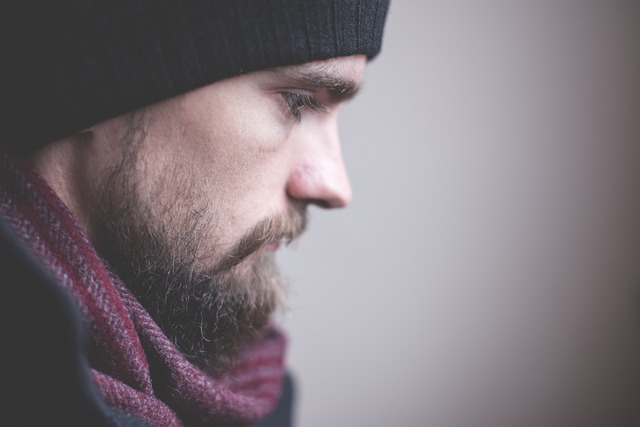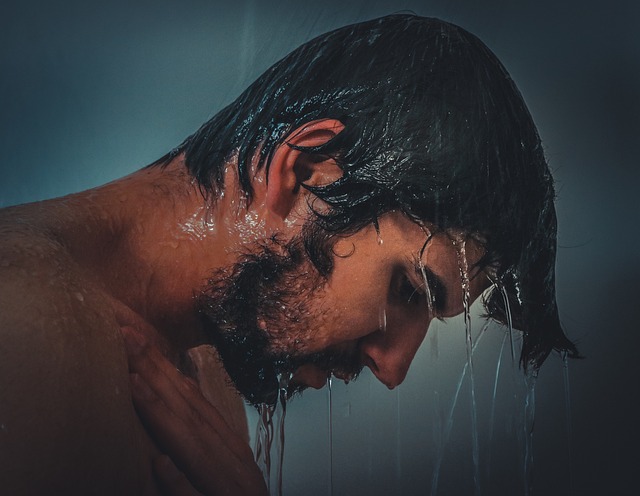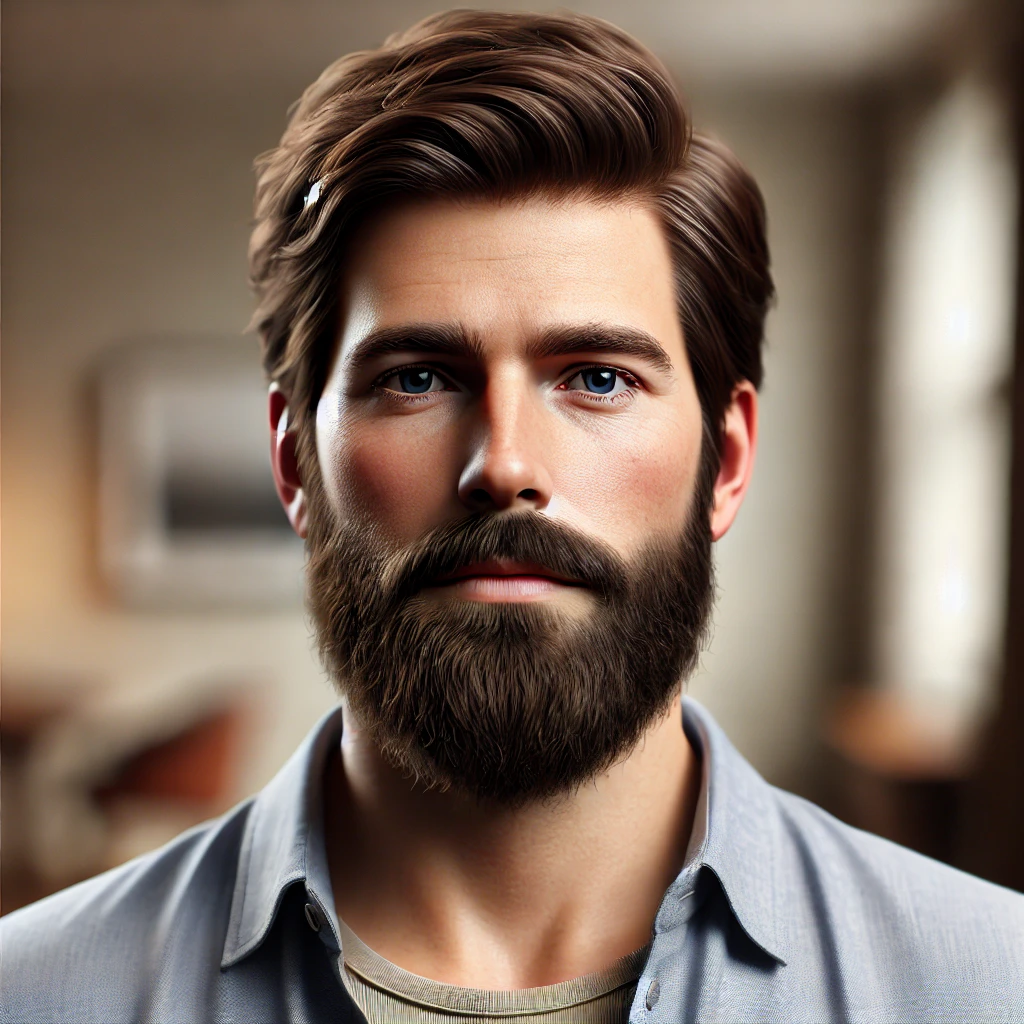Winter involves holiday gatherings and relaxing by the fire. However, the cold temperatures can take a toll on your skin if you don’t properly care for it. How can you ensure a healthy, moisturized body during a harsh winter? Here are eight tips to use during the cold season.

1. Use Moisturizer
Moisturizer should be part of your skincare routine throughout the year, but it’s even more essential during the winter. Find a formula that’s best for your skin type. While scent should be a factor, you want to pick the most effective brand to keep your skin moisturized. The optimal time to apply it is after you dry yourself off after a shower.
Dry skin is common in the winter due to the outside conditions. If your skin starts flaking, consider seeing a health care professional for further help. You may get a prescription for extra-strength skin care products. Make moisturizer part of your routine by doing it at least once daily. Typically, guys apply it in the morning and at night.
2. Apply Beard Oil
Guys with beards need an extra layer of protection in the winter, considering they’re susceptible to dry facial hair. Incorporate beard oil in your routine as often as your skin moisturizer. These products work together to keep your integumentary system hydrated and ready for the harsh winters.
When searching for beard oil, find products with high-quality ingredients and pleasant scents. It’s also practical for grooming facial hair and achieving specific looks — and while it’s great for your beard, this oil goes deeper by moisturizing your hair follicles and skin to reduce dryness and dandruff.
3. Remember Your Sunscreen
You may associate sunscreen with fun summer days at the beach. While it’s essential during hot weather, this lotion remains helpful in the harsh winter. Ultimately, it comes down to ultraviolet (UV) rays. Experts say the sun causes up to 90% of visible skin changes despite some attributing them to aging. Therefore, this skincare strategy is essential.
UV levels dip in the winter because of the Earth’s tilt, but they’re still potent enough to affect your skin. This type of radiation is invisible to the human eye, so it’s best to wear sunscreen throughout the year. Wear it between 10 a.m. and 4 p.m. if you’re in direct sunlight for prolonged periods.
4. Turn on the Humidifier
Being indoors doesn’t always protect you from the elements. Even your indoor living space becomes drier when the air shifts from humid to arid. These conditions are more bearable when you have a humidifier in your home. Turn it on during the winter to add moisture and reduce the dryness in your beard and skin.
Keep the humidifier at a comfortable level in tandem with your thermostat to ensure your living space doesn’t feel like a rainforest. This appliance sends water vapor into the air, allowing your skin to remain hydrated. In addition to being excellent for your skin, humidifiers keep your living space more habitable during the winter.
5. Monitor Your Appliances
Humidifiers keep your home comfortable and your skin hydrated during the winter. What about your other appliances? All your domestic machines have a role in your body’s health. Maintaining these appliances throughout the year — especially in the colder months — is essential to your well-being. Watch for signs they need extra care.
For instance, heat pumps are crucial for warming your home and mitigating the harsh conditions outside. Within this device, the air filter requires regular examinations and cleanings. This component removes mold and mildew that make you sick but can become clogged if you don’t tend to it. Odd sounds could also indicate your heat pump needs service.
6. Take Colder Showers

When you’ve spent time in the cold, it’s nice to come home and take a hot shower. The warm water feels fantastic on your skin but could adversely affect its hydration. Experts say hot water removes oil and moisture from your body, thus causing more harm than good if you’re concerned about dry skin.
Once winter arrives, mitigate your skin drying with colder showers than usual. While it can take time to get used to, your skin will thank you later. Lukewarm or cold showers are better for your body because they’re better at retaining moisture. Another way to improve your shower routine is by using mild soaps.
7. Eat a Healthy Diet
The air and your skincare products significantly determine your skin’s moisture levels. However, there are a few underrated factors you may overlook. For instance, people underestimate the role of healthy eating in your skin’s health. A 2024 Cureus study found a well-balanced diet supported optimal skin health and influenced dermatological disorders.
Your diet should be specific to your nutritional needs. That said, you can help your skin by following basic dietary principles. Protein, carbohydrates and healthy fats should be at the center of your meals. Increase your vitamin A intake, as experts say this substance protects skin from free radicals. Your shopping list should include sweet potatoes, carrots and spinach.
8. Monitor Your Coffee Consumption

Coffee is a must for many guys, whether they work early or burn the midnight oil. While this beverage boosts your energy, it could harm your skin. Coffee is a diuretic, so it removes moisture from your body and increases bathroom trips. Constant consumption could lead to drier skin, especially in the winter.
When the cold weather arrives, monitor your coffee cups and see how your body reacts. If your skin becomes drier, reduce your consumption and see if it has any effect. Coffee has a role in helping skin, such as treating shaving cuts and constricting blood vessels. Some people use coffee seed oil to increase collagen. However, you should watch how it impacts your body.
Protecting Your Body From the Harsh Conditions
Old Man Winter doesn’t have much sympathy for your skincare routine. This season typically brings snowfall, drier conditions and flaky skin, so caring for your body is essential. Take extra time to moisturize your face and beard. Then, do the little things like eating a healthy diet and taking a cold shower. Ultimately, skincare in the winter requires a holistic approach.

